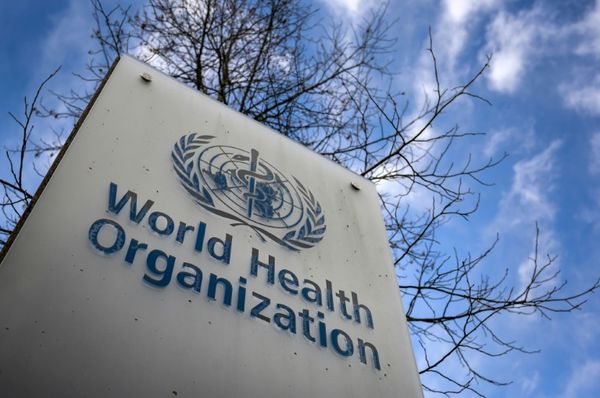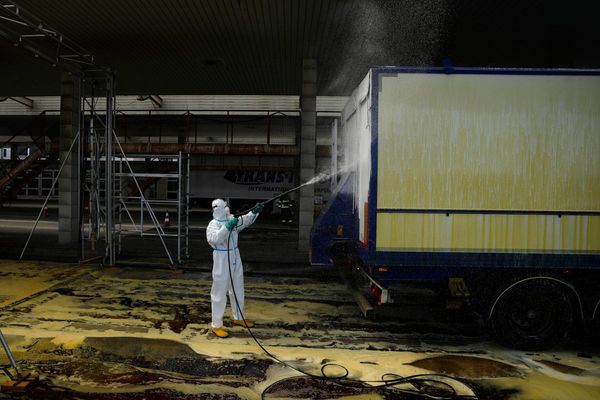
Marine scientists monitoring the Great Barrier Reef say they have recorded the highest levels of coral cover in 36 years in the north and central areas, but warned any recovery could be quickly overturned by global heating.
The Australian Institute of Marine Science’s annual long-term monitoring report says the fast-growing corals that have driven coral cover upwards are also those most at risk from marine heatwaves, storms and the voracious crown-of-thorns (COTS) starfish.
Global heating is accepted by scientists as the reef’s biggest long-term threat.
Earlier this year, unusually hot ocean temperatures caused the first ever mass bleaching during a La Niña year – a natural climate phase that should have given corals a respite.
The first ever mass bleaching on the reef was recorded in 1998, but since then corals were hit in 2002, 2016, 2017, 2020 and again earlier this year.
The prognosis for the reef’s future under climate change, the report said, was one of increasingly frequent and longer-lasting marine heatwaves, with the ongoing risk of COTS outbreaks and tropical cyclones.
“Mitigation of these climatic threats requires immediate global action on climate change,” the report said.

Dr Mike Emslie, who leads the Australian Institute of Marine Science monitoring program, told the Guardian: “The fact that we have had four bleaching events in the last seven years and the first one in a La Niña year is really concerning.”
Surveys are carried out by towing divers over reefs at a standardised rate, recording corals, bleaching levels, COTS and the number of coral trout and sharks.
About half of the 87 reefs surveyed for the report were carried out before the most recent bleaching event unfolded in February and March this year.
“The effects of the 2022 mass bleaching event are still unfolding, and its impact will only be known over the coming months,” the report said.
Aerial surveys carried out in March by the Australian Institute of Marine Science and the Great Barrier Reef Marine Park Authority covered 750 individual reefs.
The fast-growing acropora species of branching and plate-like corals that were pushing coral cover up were also preferred prey for COTS, he said.

In the northern parts of the reef, the monitoring data showed coral cover averaged 36% – a record high, with the lowest levels in the region at 13% recorded in 2017.
Coral cover averaged 33% in the central area – another record high compared to the 2019 low of 14%.
In the southern region, the average coral cover dropped from a 2021 estimate of 38% to 34%.
While bleaching was widespread across the reef in February and March, Emslie said the heat stress had not reached levels likely to cause corals to die.
“To get at the impacts [of the latest bleaching] we won’t know until we do in-water surveys over the next few weeks.
“But bleaching does have sublethal affects and will affect the physiology of the corals because while they bleach they have been starving.”
He said there was evidence that even when corals did not die from bleaching, the phenomenon could reduce their ability to reproduce, slow their growth and make them more susceptible to coral disease.
He said it could take a year or more for those sublethal effects to become apparent.
As bleaching events were happening more often, future bleaching events could “reverse the observed recovery in a short amount of time”, he said.
The most recent mass bleaching coincided with a UN monitoring mission to the reef that had been requested by the Morrison government as it attempted to fight a recommendation to place the reef on a list of world heritage sites in danger.
The status of the reef will be discussed at the next world heritage meeting, but a date has not yet been set after a scheduled June meeting was cancelled due to Russia’s invasion of Ukraine. Russia was due to host the meeting.







